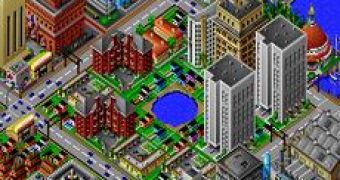Homeland security has become a very important issue for the Americans, especially after the September 11'th attacks. But, as in all war tactics, because, as we know, the U.S. is involved in a continuous war against terrorism, plans have to be drawn up in advance in order to have the best response for any kind of situation.
And, according to the Washington Post, that's exactly what the American scientists are doing, because, deep in the caves of Los Alamos, they have been constructing for some time the most elaborate computer models of the United States ever attempted.
With the help of the most powerful computers at their disposal, the scientist have developed simulated cities with millions of virtual inhabitants who go to work, shopping centers, soccer games and do whatever real persons are doing. The cities have their own virtual power grids, oil and gas lines, water pipelines, airplanes and train systems, even a virtual Internet.
"We're trying to be the best terrorists we can be," said James P. Smith, who is working on simulations of a smallpox virus released in Portland, Ore. "Sometimes we finish and we're like, 'We're glad we're not terrorists.' "
The Los Alamos experiments are part of the Homeland Security Department's efforts to use technology in support of the war against terrorism. As in the case of the government's projects that use flight itineraries, credit card reports and other data and try to find patterns to predict who might be a likely terrorist, these simulations try to determine what might be the possible responses on a larger scale.
The federal government is using the simulations to provide options in the event of a real terrorist attack. The information is so sensitive that most of the lab's work is classified, because if the simulations were to get into the wrong hands, they could be used as the ultimate weapon against Americans, according to the researchers. "It would be a terrorist recipe for doing something terrible," Smith said.
Although some urban planners have criticized the project for its cost, because each sim can cost tens of millions of dollars, and have argued that such modeling can never be precise, the project's advocates say the exercise is providing crucial information for protecting the country.

 14 DAY TRIAL //
14 DAY TRIAL //